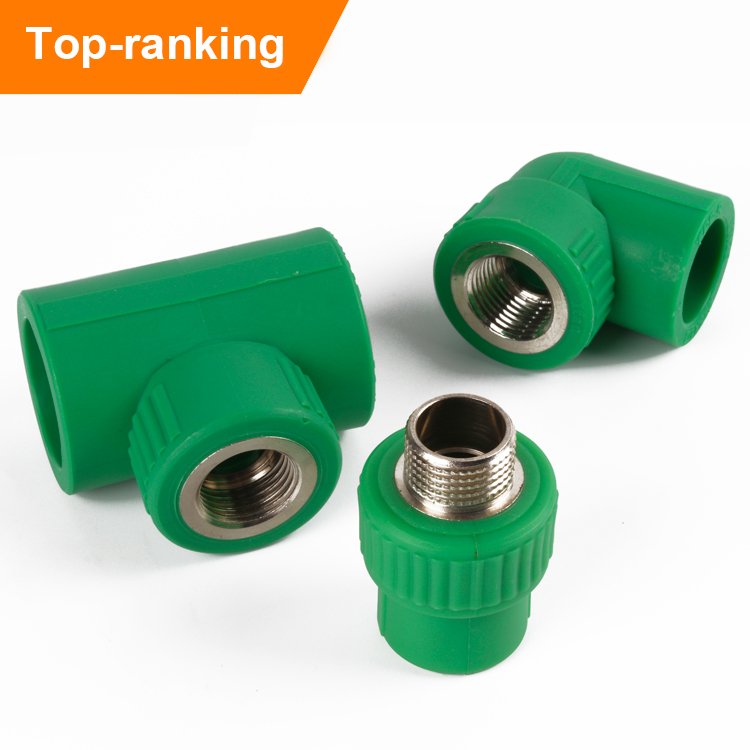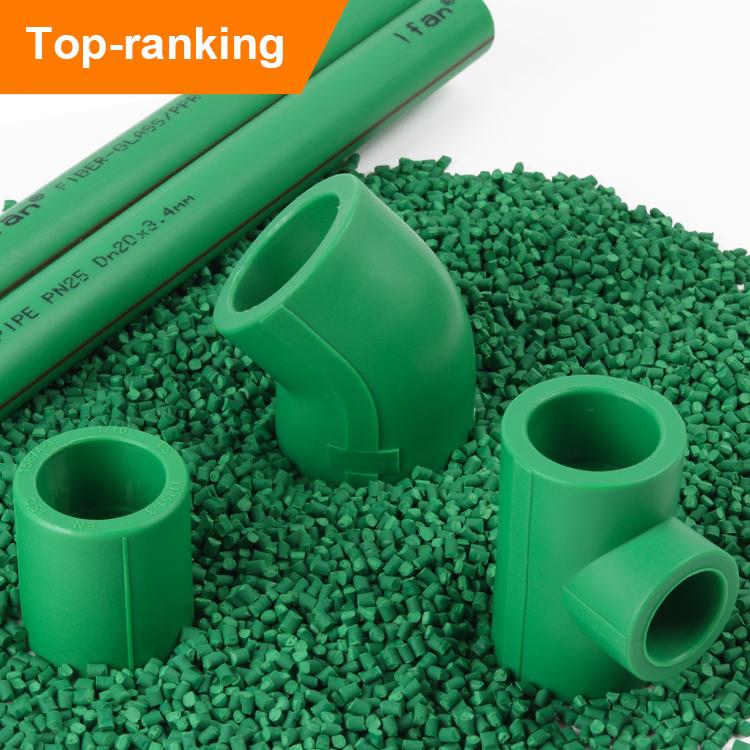PPR Fittings for Hot Water Systems: Withstanding High Temperatures
Introduction
PPR fittings are an excellent choice for hot water systems due to their ability to withstand high temperatures. Made from polypropylene random copolymer, these fittings offer exceptional heat resistance, ensuring the integrity and efficiency of plumbing installations. In this article, we will explore the advantages of using PPR fittings in hot water systems and how they handle high temperatures. Let’s delve into the details of why PPR fittings are the ideal choice for hot water applications.
1. Temperature Resistance
PPR fittings are designed to withstand high temperatures, making them suitable for hot water systems. The polypropylene material used in PPR fittings exhibits excellent temperature resistance, allowing them to handle water temperatures up to 90°C or higher, depending on the specific product. This temperature resistance ensures that the fittings remain durable and reliable even in demanding hot water applications. With PPR fittings, homeowners and businesses can confidently use hot water without worrying about the performance or integrity of their plumbing system.

2. Thermal Expansion Control
Hot water systems experience thermal expansion, which can put stress on the pipes and fittings. PPR fittings are engineered to accommodate thermal expansion and contraction, ensuring the stability and longevity of the plumbing system. The expansion characteristics of PPR fittings help prevent leaks, cracks, or damage that may occur due to temperature fluctuations. This thermal expansion control ensures that the hot water system remains functional and leak-free, even when subjected to varying temperatures.
3. Chemical Resistance
Hot water systems often contain water treated with chemicals or additives, such as disinfectants or anti-scaling agents. PPR fittings offer excellent chemical resistance, ensuring compatibility with these additives. The polypropylene material used in PPR fittings is resistant to corrosion and degradation caused by chemicals commonly found in hot water systems. This resistance minimizes the risk of chemical-induced damage or deterioration, preserving the functionality and longevity of the fittings in high-temperature environments.
4. Low Heat Loss
PPR fittings have low heat conductivity, which reduces heat loss in hot water systems. The material’s low thermal conductivity helps to retain the heat within the pipes and fittings, ensuring that hot water reaches its destination efficiently and without significant heat loss. This low heat loss characteristic of PPR fittings contributes to energy efficiency in hot water systems, reducing heating costs and providing immediate access to hot water whenever needed.
5. Durability and Longevity
PPR fittings offer exceptional durability and longevity in hot water systems. The polypropylene material used in these fittings is resistant to scaling, corrosion, and chemical degradation commonly associated with hot water applications. With their excellent resistance to high temperatures and aggressive water conditions, PPR fittings can withstand the test of time, providing reliable and leak-free performance for many years. The durability and longevity of PPR fittings make them a cost-effective investment for hot water systems.
6. Easy Installation and Maintenance
PPR fittings are designed for easy installation and maintenance in hot water systems. They are lightweight, making them easy to handle and install. The heat fusion welding method used to join PPR pipes and fittings simplifies the installation process, requiring minimal training and equipment. Additionally, the low maintenance requirements of PPR fittings contribute to the convenience and cost-effectiveness of hot water systems. With PPR fittings, installing and maintaining a hot water system becomes a hassle-free task.
Conclusion
PPR fittings are the ideal choice for hot water systems due to their ability to withstand high temperatures. With their temperature resistance, thermal expansion control, chemical resistance, low heat loss, durability, and easy installation and maintenance, PPR fittings provide reliable and efficient performance in hot water applications. By choosing PPR fittings, homeowners and businesses can ensure the longevity and integrity of their hot water systems, enjoying the benefits of hot water without compromising on quality or safety.






